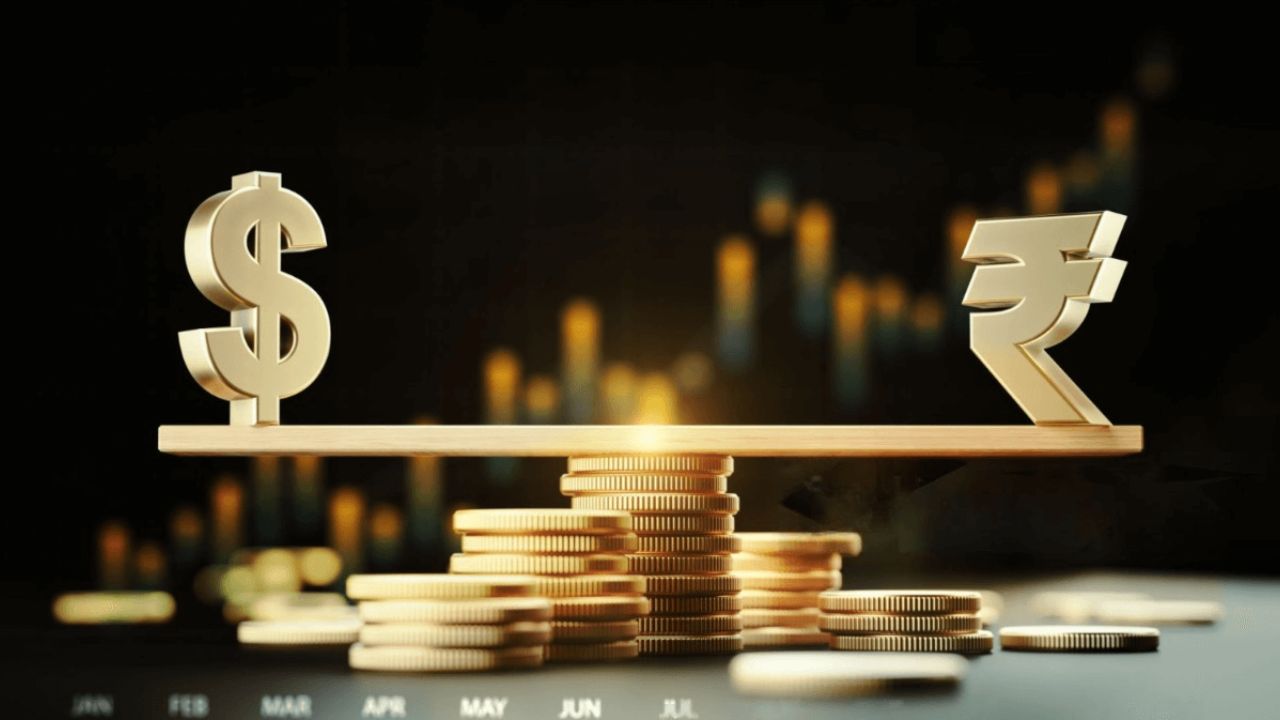 English
English

The rupee fell 11 paise amid a strong US dollar, rising Brent crude prices ($69.53/barrel), and foreign fund outflows. ECB’s unchanged rates and US economic resilience added pressure. Experts warn of further volatility.

Rupee Falls to 86.52 Amid Rising Oil Prices and Strong Dollar (Image Source: Internet)
New Delhi: The Indian rupee closed 11 paise lower at 86.52 against the US dollar on Friday, and on Thursday it had closed at 86.41. There are various international and domestic factors behind the decline of the rupee, which have come under pressure in recent days.
The primary cause of this decline is the strengthening of the US dollar, the rise in Brent crude oil prices, and the ongoing withdrawal of funds by foreign investors. Because of all these factors, the rupee is facing pressure.
Discussing the price of oil, Brent crude price has gone up to $69.53 a barrel in the Asian market. This has happened for two reasons:
1. Sanctions of European Union on Russian oil
2. Russia halting oil exports temporarily.
Because of these factors, the supply of oil in the world market went down. Executive Director of Finrex Treasury Advisors LLP Anil Kumar Bhansali stated that the prices of crude oil may rise further in the future and it may go up to $70.70 per barrel by September.
Conversely, the US dollar index has also rallied, because of which the rupee lost further ground. The US economy is supported by strong economic data from America. Unemployment data in America has been declining for six weeks in a row, as per Bhansali, which clearly indicates that the US economy is still robust.
The European Central Bank also chose to leave interest rates unchanged at 2% this time, which is the first time since 2024 that they did not make any adjustment following seven successive reductions. This means that the ECB will no longer cut interest rates, as inflation has hit their target of 2%.
Bhansali further stated that the uncertainty regarding trade agreements between the US and the EU and possible tariffs are also some reasons behind the ECB's dovish policy.
There are a number of economic and geopolitical factors for the weakness in the Indian rupee—like the strengthening of the US dollar, an increase in crude oil prices, and sustained pullout of foreign investors. All these reasons have converged to limit the rupee, and unless things happen otherwise in the immediate future, it could come under more pressure.